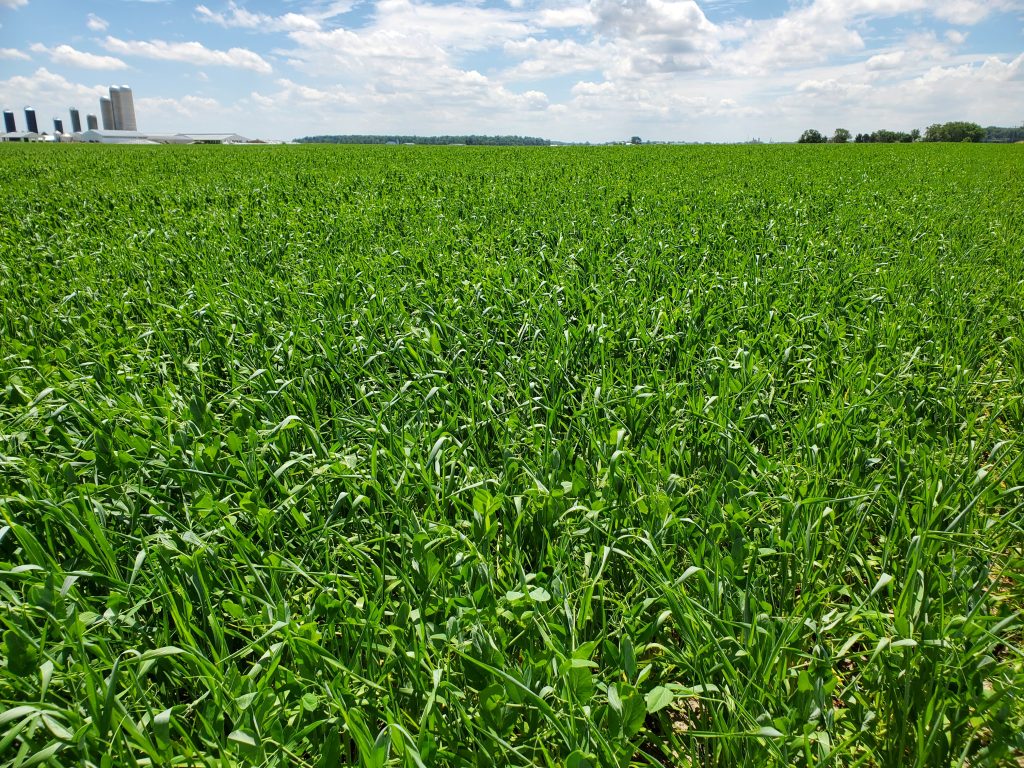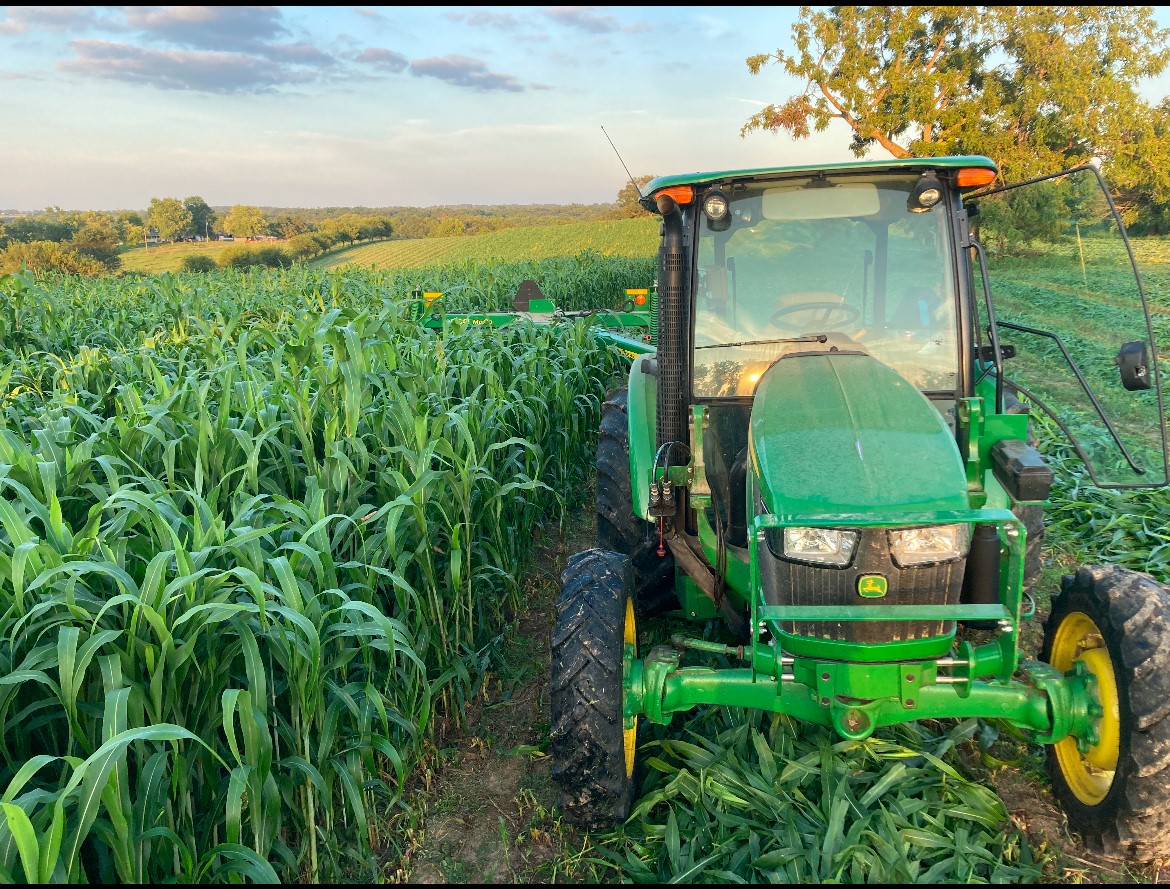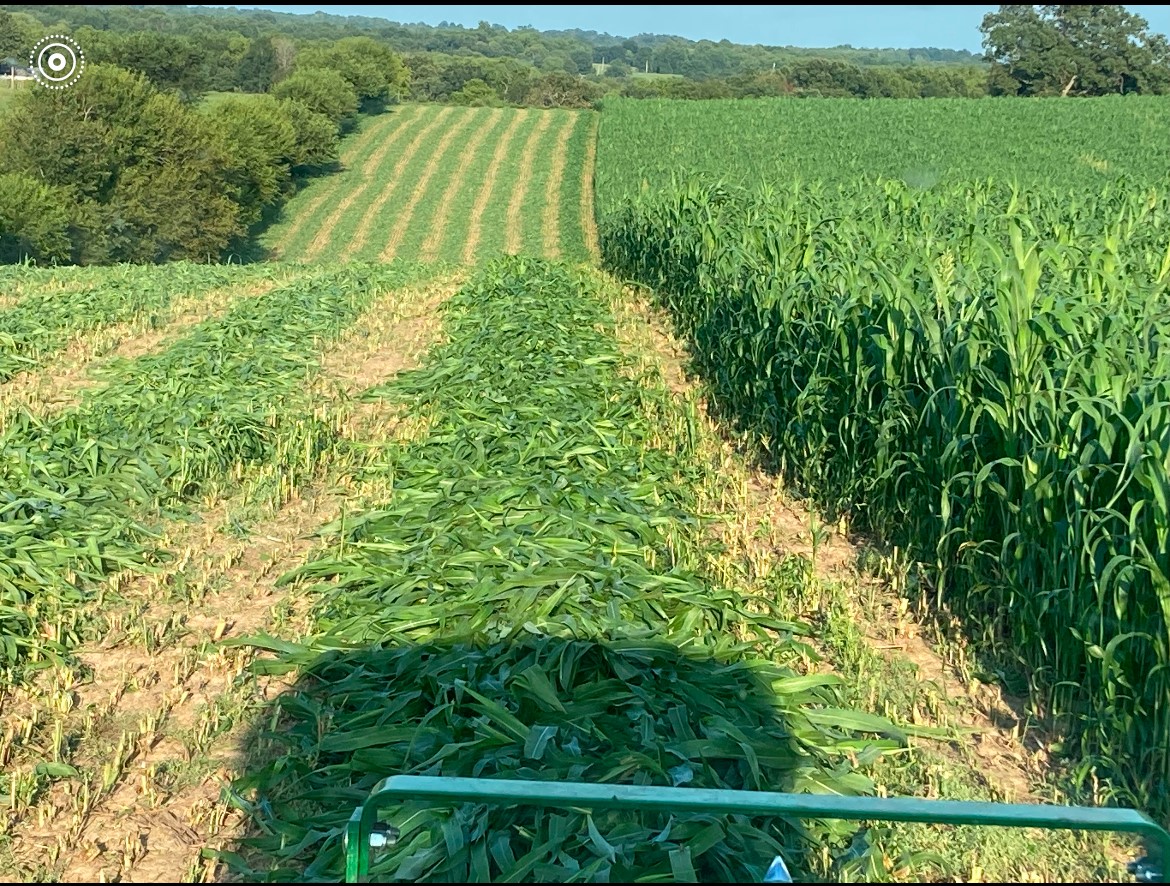One of the many great things about cover crops is that they not only cover and build the soil, they can also be used to feed livestock. That’s an outstanding two-for-one benefit. Our team received this question from a dealer looking for a dairy forage blend for one of his customers to seed once spring arrives. This is what was asked:
I am looking for pricing and recommendations for a dairy on a mix for seeding next spring. He is thinking of a mix along the lines of the following: BMR sorghum sudan, hairy vetch, red clover, and Italian rye – or something similar. We are primarily looking for high tonnage yield. Also please advise on what kind of fertility you would recommend to maximize a mix like this.
Here is our response to this question.
Start with Spring Triticale And Peas
The red clover, hairy vetch, and Italian rye are seeds you would want to plant early to get established. The sorghum-sudangrass you would want to seed once the soil reaches 60 degrees. These species don’t match up very well. Italian ryegrass will stay in a vegetative state until it overwinters. The feed value will be awesome, but I’m not sure the tonnage will be where you want it.
For a combination of quality and tonnage I would go with our Milk Maker Mix (a mix of spring triticale and peas). 100 lbs. / acre will give you 50# of forage peas and 50# of spring triticale. Harvest when triticale is in boot stage.
Make sure the peas are inoculated in the Milk Maker Mix. They will provide N for the triticale. Before planting, I’d add 100 lbs. of AMS and 100 lbs. of urea. This blend doesn’t require a lot of P but does require a decent amount of K – make sure soil levels are 140 ppm or more. If not, add 150-200 lbs. of potash pre-plant. It will pull K down pretty quickly. It also does a great job of lowering P levels but takes 2 or 3 years.
Follow Up with Sorghum Sudangrass
Then follow this with the sorghum-sudangrass at 40 lbs. / acre. You will get one, big cutting from the Milk Maker and several (also sizeable tonnage) cuttings from the sorghum-sudangrass.
Article posted by Sarah Houin.
Questions? Don’t hesitate to get in touch with us.


